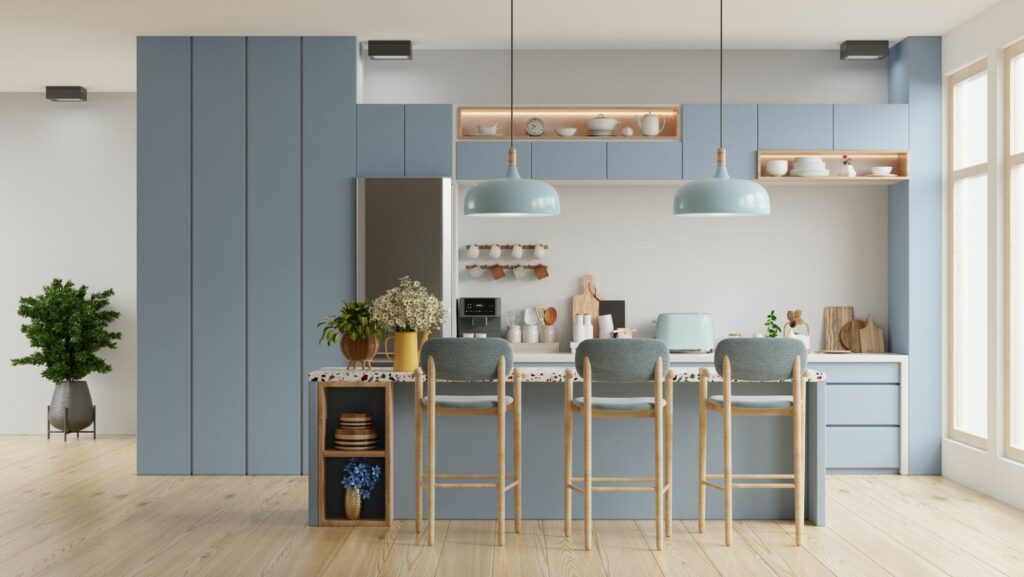Phone:
(701)814-6992
Physical address:
6296 Donnelly Plaza
Ratkeville, Bahamas.

When it comes to designing your dream home, inspiration can come from the most unexpected places. While casinos might not seem like the obvious muse for your living room layout or lighting scheme, the psychology behind gambling spaces offers surprising lessons for modern interior design — especially when paired with today’s rise in smart living.
From creating flow and anticipation to using color and lighting to influence mood, the tactics used in casino environments can be repurposed to make your home feel more inviting, intuitive, and emotionally engaging. Whether you’re setting up a cozy living area or automating your entire smart home system, understanding how humans react to space and stimulation can help you design with intention.
Casinos are famously designed to keep people moving — and staying — without ever feeling disoriented or overwhelmed. This principle of flow is equally valuable in the home.
Open-concept living spaces have long embraced the idea of fluid movement, but truly smart interiors take this a step further. By arranging furniture in a way that subtly guides the eye and encourages movement (rather than obstruction), you can mimic the easy navigation that makes casinos so effective.
Tips to try:
Flow isn’t just physical, either. It’s emotional. Smart lighting systems, voice assistants, and temperature automation can be programmed to adjust as you move through the home, echoing the seamless stimuli management seen in luxury casinos. The result? A space that responds to your presence — and makes you want to stay.
The right combination of color and light doesn’t just look good — it changes how we feel. Casinos know this well. Rich reds and golds evoke excitement and luxury; deep blues suggest calm and concentration. LED lighting is used to energize or relax, depending on the area of the casino and the emotional state the designer wants to create.
These principles translate beautifully into smart home interiors. For example:

Even small nods to casino glamour — think velvet textures, metallic finishes, or a bold statement piece — can elevate a space. And while you don’t need an actual roulette table in your lounge, there’s something fun about taking a small gamble in your design choices. It’s that mix of intention and surprise that makes a home feel alive.
In both casino environments and smart homes, user behavior is at the heart of design. The most effective spaces don’t just look good — they anticipate your needs, trigger positive emotions, and encourage interaction.
Gamification is a rising trend in smart home technology. Home automation systems often include routines, rewards, and achievements (like “you’ve reduced energy use this week!”) that mirror the psychology of winning. That same instant-feedback loop used in digital betting and gaming can help reinforce positive habits at home.
And speaking of digital gaming: the immersive tech used in spaces like the bitcoin live casino at Betpanda UK is also pushing boundaries in how we think about home entertainment and interaction. These platforms use sleek interfaces, intuitive controls, and real-time responsiveness to engage users — all principles that smart home designers can borrow.
Want your smart home to feel futuristic and functional? Design it like a well-run interface: clear, reactive, and tailored to the user. When tech becomes invisible but impactful, you’ve hit the jackpot.
You don’t need to be a high roller to learn from casino psychology — and you don’t need to gamble big to transform your space. By embracing smart layout principles, mood-driven design, and user-centric technology, your home can become more than a place to live. It can become an experience — one that adapts, engages, and surprises.
Just like a great hand of cards, a great home design is part strategy, part style, and a little bit of luck.